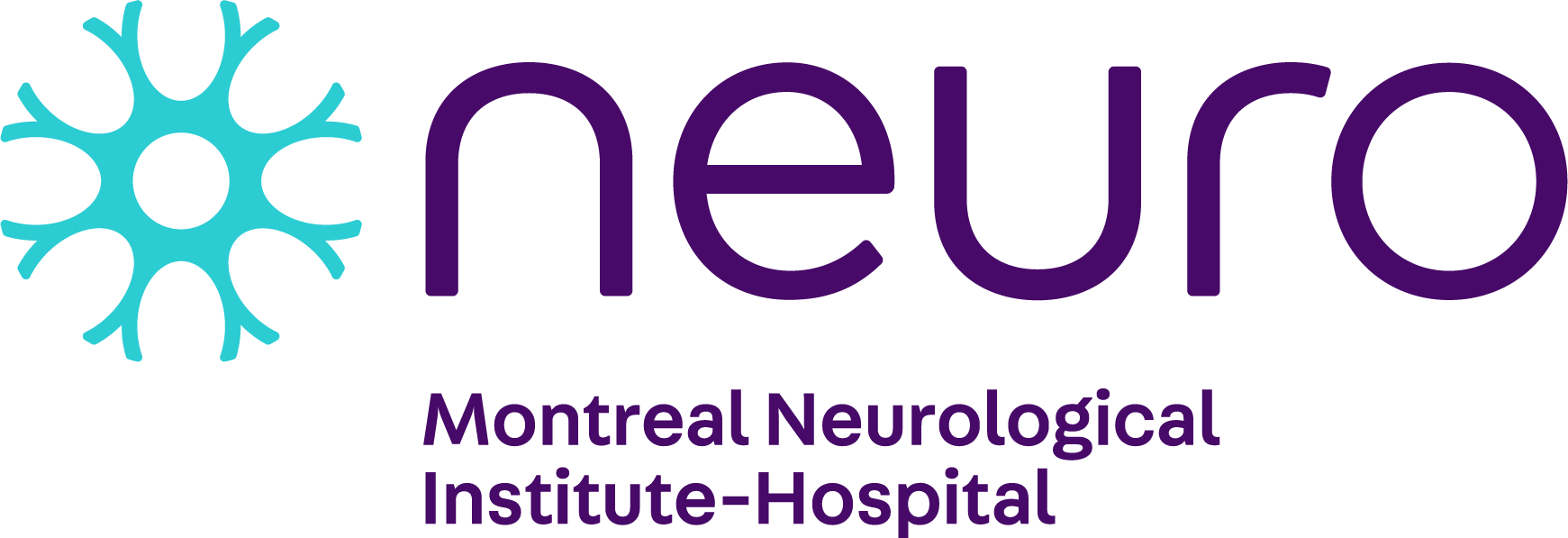At The Neuro’s Azrieli Centre for Autism Research, a state-of-the-art centre to advance research, training and care for people with autism and related conditions, Neuro researchers and collaborators at the University of Cambridge are helping fill the gaps in our knowledge of this complex disorder.
Researcher Boris Bernhardt studies individual differences in the way that neurons connect in developing and mature brains. He looks at how these differences might determine high-level cognitive processes and social competence. His latest findings were published on March 4 in Nature Communications.
“Our goal was to find a way to look at a broad set of autism symptoms both in lower-level behaviour that often includes sensory deficits, and in higher-level cognitive processes,” notes Bernhardt. “In the last decade, autism research focused more on higher-order functions like social cognition, while sensory functions were less emphasized. Our aim was to bring these two approaches together.”
Bernhardt’s team used functional magnetic resonance imaging (fMRI) data from a few hundred people with autism and healthy subjects, available from the Autism Brain Imaging Data Exchange (ABIDE). Like The Neuro, ABIDE subscribes to Open Science principles of freely exchanged data.
“In healthy individuals, the scans show that neural connectivity in brain areas dealing with high-order cognitive activity is quite different from areas that are engaged in interacting with the external world through sensory processing. Sensory and motor processing areas have more localized connectivity whereas neural connectivity for higher-order cognitive processing is much more widespread even among areas of the brain that are far apart.”
Bernhardt’s examination of the data uncovered a telling tale.
“Our study found that in autistic people, the sensory/motor connectivity and the cognitive area connectivity don’t seem so different, unlike what we found for healthy control subjects. We also found that children’s initial connectivity abnormalities were more in the sensory areas, whereas adults had both sensory and higher-order abnormalities.”
Bernhardt’s research is part of an ongoing collaboration with the University of Cambridge. In conjunction with Cambridge’s Richard Bethlehem, he will continue his study of the sensory, perceptual and thought processes that characterize the diverse behavioural symptoms of autistic people. In particular, Bernhardt will investigate how connectivity abnormalities proceed from childhood to adulthood.
“For the past six years, The Neuro and the University of Cambridge have been engaged in a neuroscience research collaboration through workshops, student exchanges and pilot project grants,” notes Stefano Stifani, Associate Director (Research) of The Neuro. “This international collaboration has been funded and will continue to be funded at The Neuro over the next five years by a private donor. Cambridge funding for the autism research component of this partnership comes from the U.K. Autism Research Trust.”




